While the judge recommended that the Commissioners deny Transource's application, the Commission is free to reject her recommendations and approve it anyhow. While this is unlikely, it could happen. The regulatory system in Pennsylvania appoints administrative law judges to hear the case, evaluate evidence, and make determinations based on law. In some states, such as Maryland, the actual Commissioners hear cases and issue decisions directly. But in Pennsylvania, the PUC relies on the expertise of administrative law judges to handle the hearings and simply make recommendations to the Commissioners. Cross your fingers and knock on wood that the Commissioners rely on the judge's expertise to deny the application and aren't sidetracked by any of Transource's nonsense and lobbying to reject the judge's hard work. Because Transource will do that, you know. It will now focus its attention on the Commissioners and try to convince them to reject the judge's recommendation. It's what utilities do when faced with rejection... file more briefs and hire more lobbyists to pressure elected officials to put the squeeze on the Commissioners to reject the judge's recommendation. Of course, you can participate in this phase of the case as well by filing new comments asking the Commissioners to accept the judge's recommendations, and contacting your elected representatives expressing your support for the judge's recommendations and asking that they also support the judge.
And while you're busy writing comments, you might also send a note to the PA Office of the Consumer Advocate (OCA) thanking them for all their hard work on this case. After reading the judge's decision, I believe that OCA's participation was crucial to proving that the Transource IEC is not needed. Lack of "need" for the project was the threshold issue for the judge's denial, although there was reason to deny on other factors under consideration. The judge stated, "the IEC Project is no longer needed for the purpose for which it was designed in 2016."
The judge found that the "congestion" that was PJM's basis for the project has evaporated. She recognized that congestion is fleeting and that new transmission to alleviate it is not always a good thing. She also recognized that PJM's forecasts are not necessarily accurate.
In the simulation that PJM performed in 2015, the PROMOD model simulated a congestion cost of $110 million occurring on the AP South Reactive Interface in 2019. Tr. at 2936. According to the simulation, the AP South Reactive Interface had the highest congestion cost simulated in 2019 when compared to the Safe Harbor-Graceton, Conastone-Peach Bottom, and AEP-DOM constraints. Id. In reality, Congestion on the AP South Reactive Interface cost approximately $14.5 million in 2019, substantially lower than predicted by PJM’s forward-looking models. Tr. at 2921. This indicates the erroneous assumptions that were used to calculate the benefit-cost ratio that PJM relied upon when selecting the IEC Project for approval.
Transource is a foreign company asserting that economic congestion creates artificially low prices in the unconstrained region resulting in rates that are discriminatory and unfair for customers in the constrained region. I reject this premise as evidence to find “need” pursuant to the meaning of the term in 52 Pa. Code Section 57.76(a)(1). Economic congestion is not a form of rate discrimination that implicates the Commission’s authority, but may be an appropriate market-based response to the wholesale power market. Any difference in rates above versus below the point of congestion or constraint can represent reasonable differences in the cost to serve customers in the constrained region as opposed to those in the unconstrained region. I do not find rates in a constrained area necessarily per se discriminatory.
No one from Maryland or Washington D.C. testified at any public input hearing to complain about discriminatory rates in favor of the project. Some individuals from Maryland spoke against the project at public input hearings. For example, Patty Hankins of 229 St. Mary’s Road, Plyesville, Maryland testified against the project as there was insufficient cost updates from 2015 data to warrant the project. She feared projected costs kept escalating and she argued the existing Otter Creek to Conastone 230 kV line rebuilt by PPL could carry two 230 kV circuits but was currently carrying one as of June 1, 2018. Ms. Hankins testified that the cost to add 230 kV lines to PPL’s existing transmission towers would cost less than the IEC project.
I heard no complaints from any individuals that rates were too high or prices discriminatory in Washington D.C. or in Maryland compared to Pennsylvania, or that they did not have reliable electric service in those areas. Only Transource’s witnesses testified that there was price discrimination. PJM did not identify or consider non-transmission alternatives to alleviate the projected congestion in the AP Interface.
The judge also mentioned that when the math is done correctly, the costs of the project outweigh any benefit.
PJM’s forward-looking model projects that if the IEC Project is constructed, the PJM region would only experience net benefits of $32.5 million over a period of 15 years and Pennsylvania, in particular, would experience a net increase of $400 million in wholesale power prices over that same period of time. This result would be produced by constructing a transmission project that is guaranteed to cost at minimum $476 million and will impact the natural, historic, scenic, and aesthetic lands of Franklin and York Counties, Pennsylvania, and the property rights/market values of those Counties’ landowners. Accordingly, while there may be some forecasted price differences in PJM’s forward-looking models, any reduction in “price discrimination” for regions below the constraints is outweighed by the anticipated harm caused to Pennsylvania by the IEC Project.
The judge recommended not accepting the settlement for the eastern half of the project because it was not in the public interest. While Transource alleviated much of the impact on the eastern leg of its project, the settlement did nothing to change the project's western half. Alleviating impacts on only a portion of the project did not make the entire project in the public interest. In other words... the impacts on the western part of the project matter, too. The judge noted that Transource and PJM never proposed making changes to the western half of the project to alleviate impacts, although perhaps they could have.
Route C selected as the Proposed Route for the West Portion of the IEC Project does not have less of an overall impact to the environment than would be utilizing at least in part the existing parallel route owned by West Penn Power already in existence. A separate bid by West Penn Power dubbed project 18h, was rejected by PJM during the competitive bidding process. However, from an environmental impact view, using a line and its ROW already in existence would have less environmental impact on Falling Spring, cross country course, organic farmland, vegetation, woodlands and wildlife along the West Portion of the IEC Project. Thus, I cannot find “minimum adverse environmental impact” as required by Section 57.76(a)(4). There is no evidence Transource and West Penn Power ever negotiated or agreed to any arrangement whereby West Penn Power’s existing parallel transmission system could be upgraded or utilized for an alternative route. I am persuaded by the business representatives, Superintendent, Quincy Township Supervisors, and landowners to find the environmental impact in Franklin County is not minimalized by the Western route.
The judge also found the impacts to western PA to be unacceptable when PJM could have selected another option to alleviate the congestion that would have utilized existing rights of way.
All in all, the judge did a remarkable job in this case and her recommendation should stand. Her decision was long (124 pages!) and thorough, but is good reading for everyone involved in this case. Let's hope a new year brings an end to the Transource IEC and PJM will finally abandon this project before it costs us any more money. Oh, we'll all still pay for the costs to date (including the surveys, land agents, and other development costs Transource merrily incurred while this case was winding its way through the regulatory commissions in two states), plus 11% return on equity until paid in full. But that's another case yet to come, and this time at the Federal Energy Regulatory Commission.
Well done, Pennsylvania! Congratulations to all the opponents who fought so long and so hard!
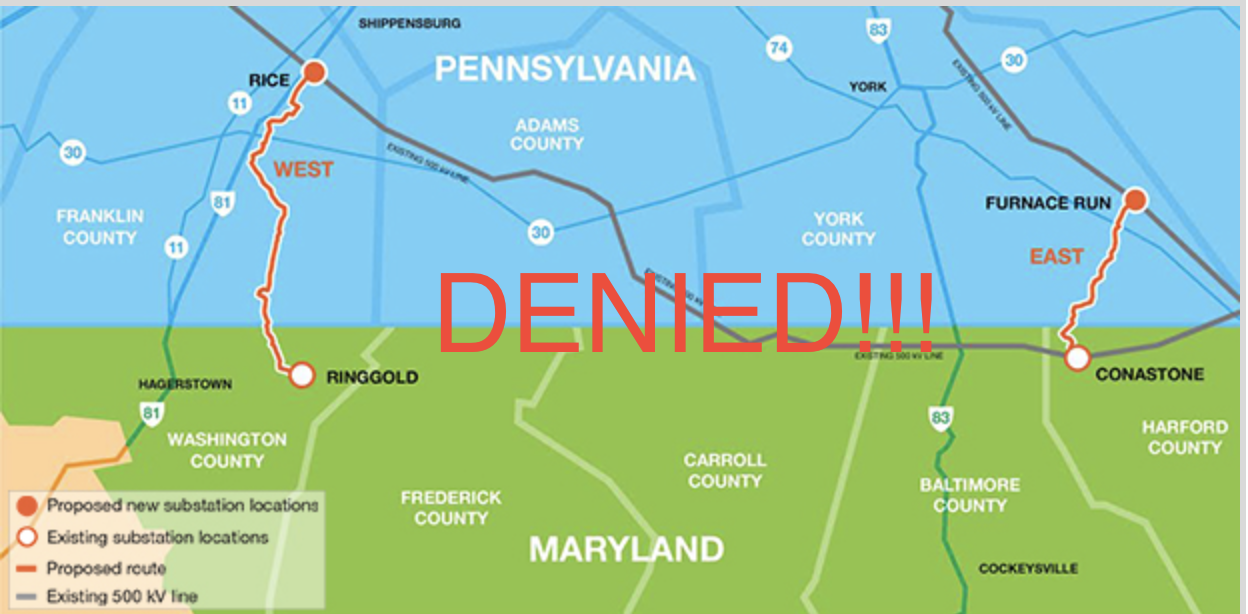
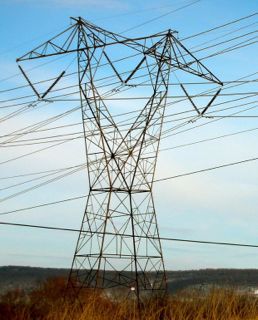
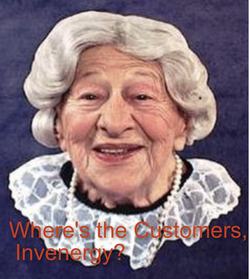
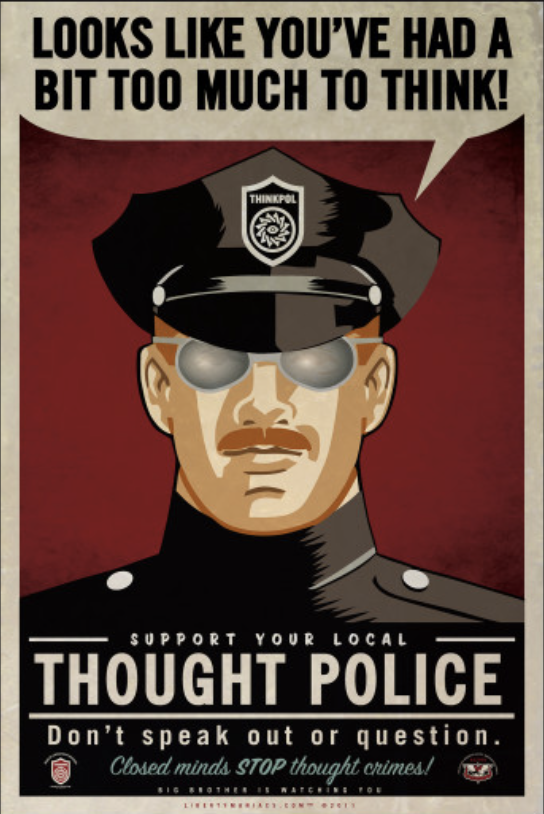

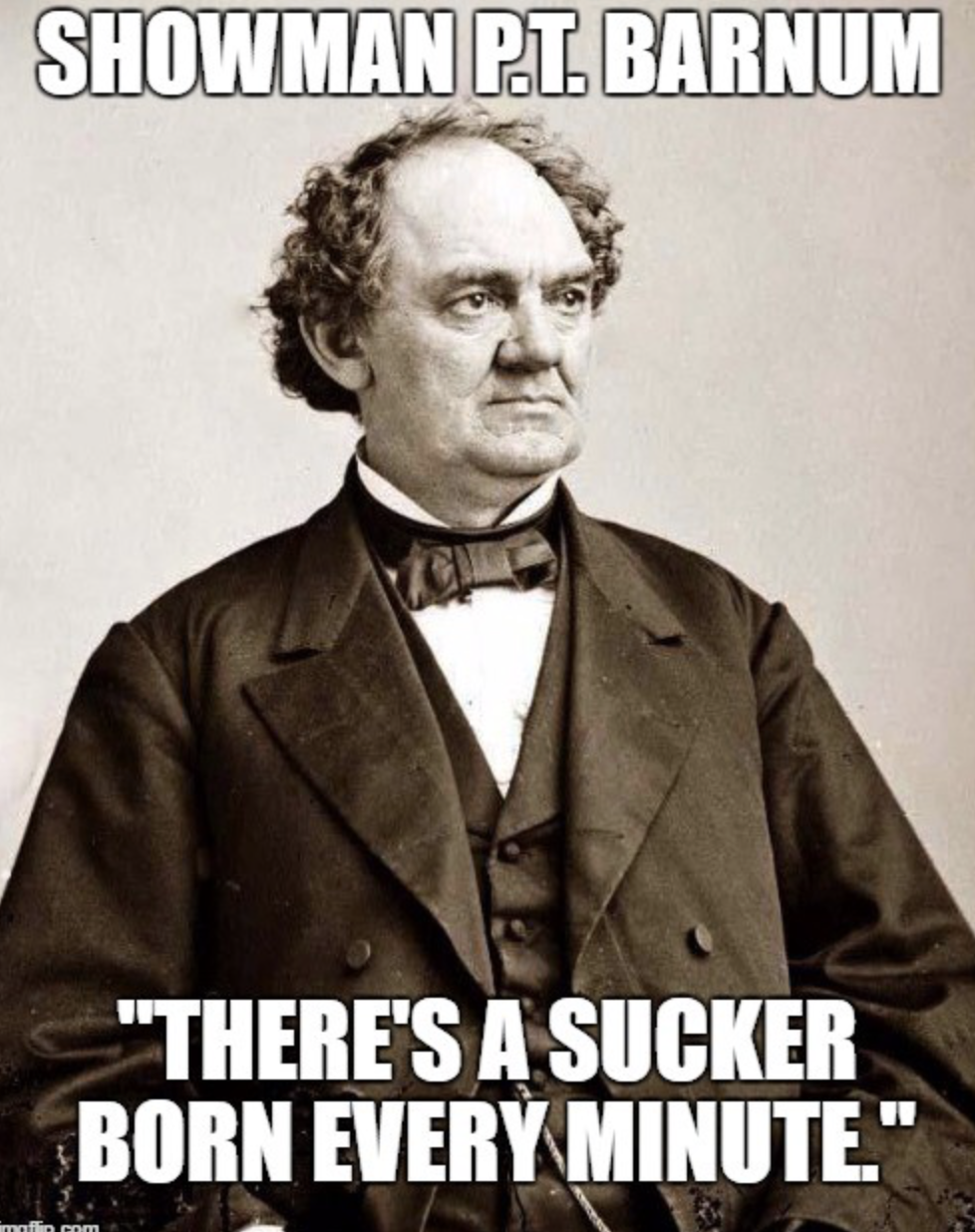
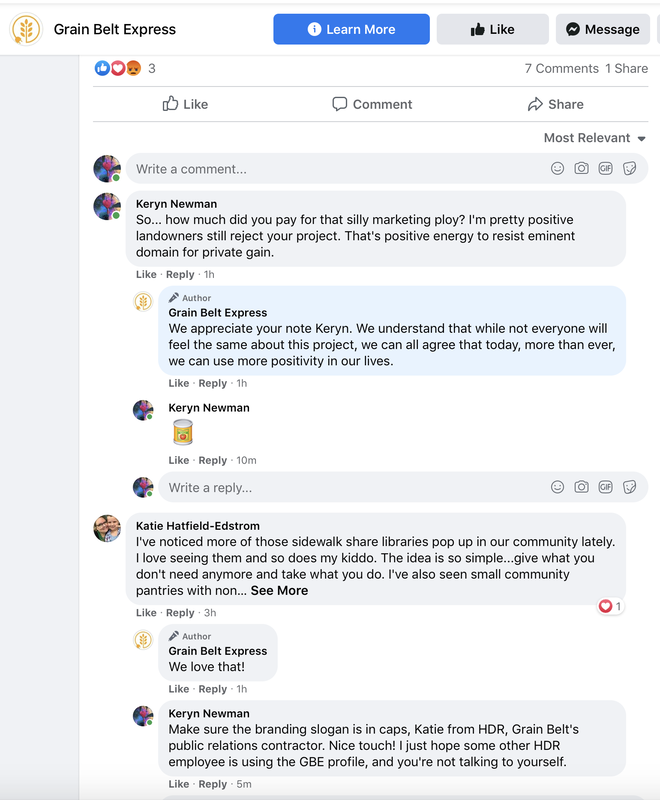

 RSS Feed
RSS Feed